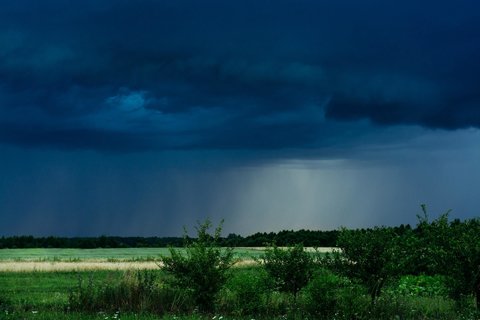A Stanford research team has developed a machine learning tool to analyze extreme precipitation events in the Midwest, responsible for over half of U.S. flood disasters. Their study, published in Geophysical Research Letters, aims to uncover causes of increasing extreme rainfall due to climate change. Lead author Frances Davenport explained that understanding these conditions could improve flood predictions. The study focused on the upper Mississippi and eastern Missouri watersheds, revealing that atmospheric pressure patterns leading to extreme precipitation have increased, along with precipitation intensity driven by moisture from the Gulf of Mexico. The algorithm used correctly identified over 90% of extreme precipitation days, outperforming traditional methods. The researchers plan to adapt this tool for other regions and types of extreme weather, helping society better prepare for climate change impacts.


